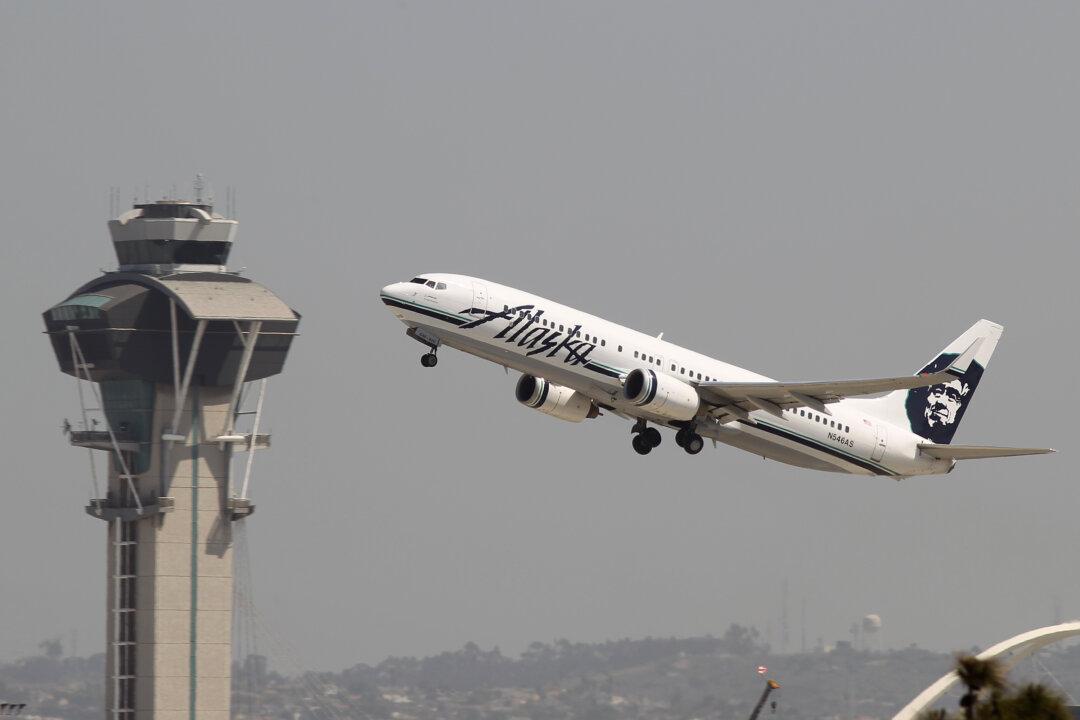Federal aviation authorities have convened a panel to investigate the problem of air traffic controller fatigue in the wake of a string of close calls involving commercial flights on or near the runways of major airports.
There have been several near-miss incidents this year, including some that involved apparent controller mistakes and could have been catastrophic, according to the National Transportation Safety Board (NTSB) and the Federal Aviation Administration (FAA).





